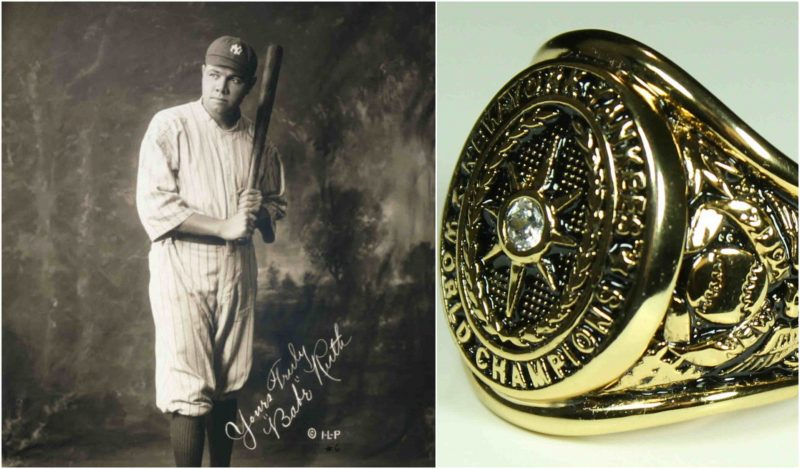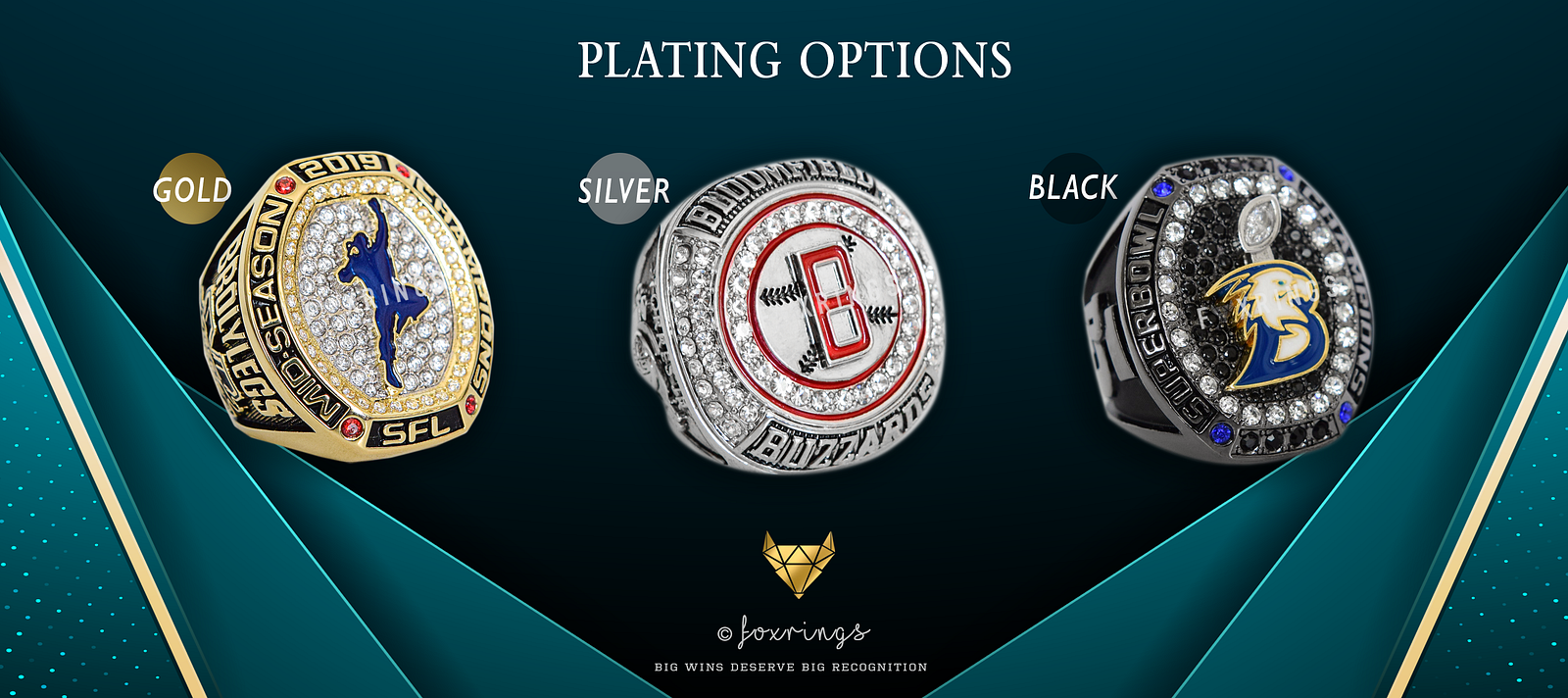
Sports have always been about finding the best of the best, rising to the top, and the story of the underdog. It is no surprise that a huge part of the process is the recognition ceremony and the crowning of the champion(s).
Since the beginning of time, the symbol of championships has been embodied by the trophy.
This symbol of victory is awarded to the winning team and is regarded as the symbol of unity, persistence, teamwork, and all that comes with it.
The Problem with Trophies
However, since only one championship trophy is awarded to the winning team, the spoils of victory, and personal contributions, are sometimes forgotten. To solve this problem, teams give out cheaper mini-trophies to each player. However these trophies also have their also have their problems:
- Big and Bulky — Once you receive it, it goes on the shelf to collect dust and take up space
- Limited in Design — Plastic top and stone bottom. No room for team or league logos or team colors.
- Unoriginal — Once you’ve seen one, you’ve seen them all.
To solve the problems posed by trophies, leagues needed to introduce something that would hold the same sentimental value as a trophy, as well as be the most sought-out collectible out there.
Enter the Age of The Championship Ring
The first championship rings were given to the New York Yankees after their win at the 1927 World Series. Since then, almost every professional and college sports league awards players and team officials championship rings for winning their annual tournament or championship.

Since the first championship rings were awarded in 1927, the level of detail and shine has increased exponentially. Every year the bar gets raised for the quality caliber associated with championship rings.
The Cubic Zirconia (CZ) Revolution
In the past, custom jewelry was a very exclusive and expensive endeavor reserved only for celebrities or professional athletes. However, with the introduction of the cubic zirconia stone, one of the best known man-made diamond simulants, everyone can own diamond encrusted jewelry for a fraction of the price.
In addition to man-made diamonds, the process of electroplating has allowed manufacturers to use cheaper and more durable base metals like zinc, copper, or brass to be plated with precious metals, such as .925 sterling silver, platinum, or 18K gold.
Electroplating can increase the appearance of color uniformity in jewelry. The process usually improves tarnish resistance, meaning your jewelry will stay polished and beautiful for a longer period of time.

Digital Jewelry — Design using 3D Printing
Designing and producing championship rings is a long endeavor. Professional teams have to wait months, until the start of the following season, to receive their rings after winning their championships.
All that has changed since the introduction of 3D modeling software and 3D printing. By 3D printing the ring mold first, manufacturers are to prototype designs and fit the perfect stones without having to wait. A process that would would take 4–6 months to complete can now be done in 4–5 weeks or less.
The time has never been better to design rings. The process is simple and the results speak for themselves.
Related Article: The Best Sales Incentive Program You’re Not Using

